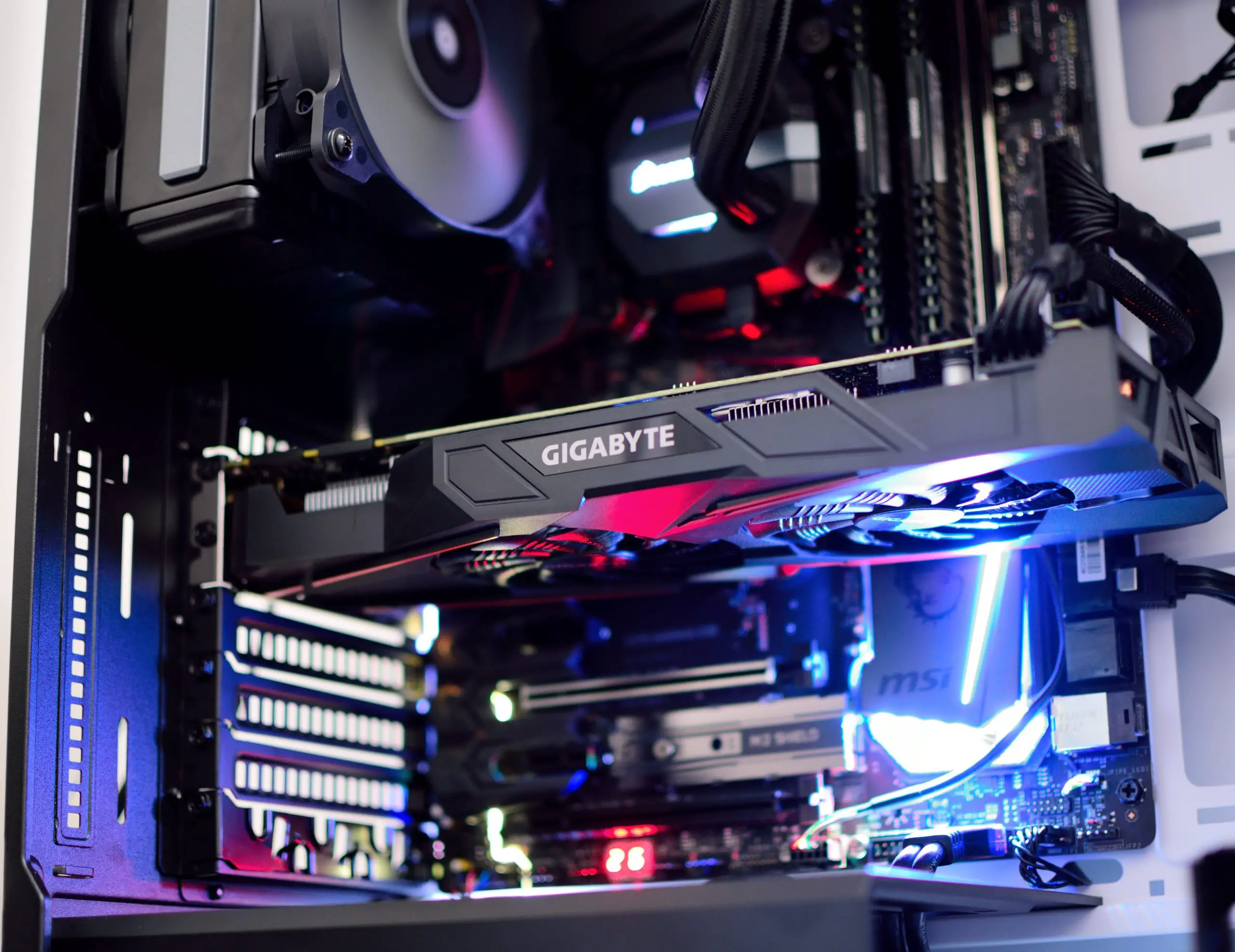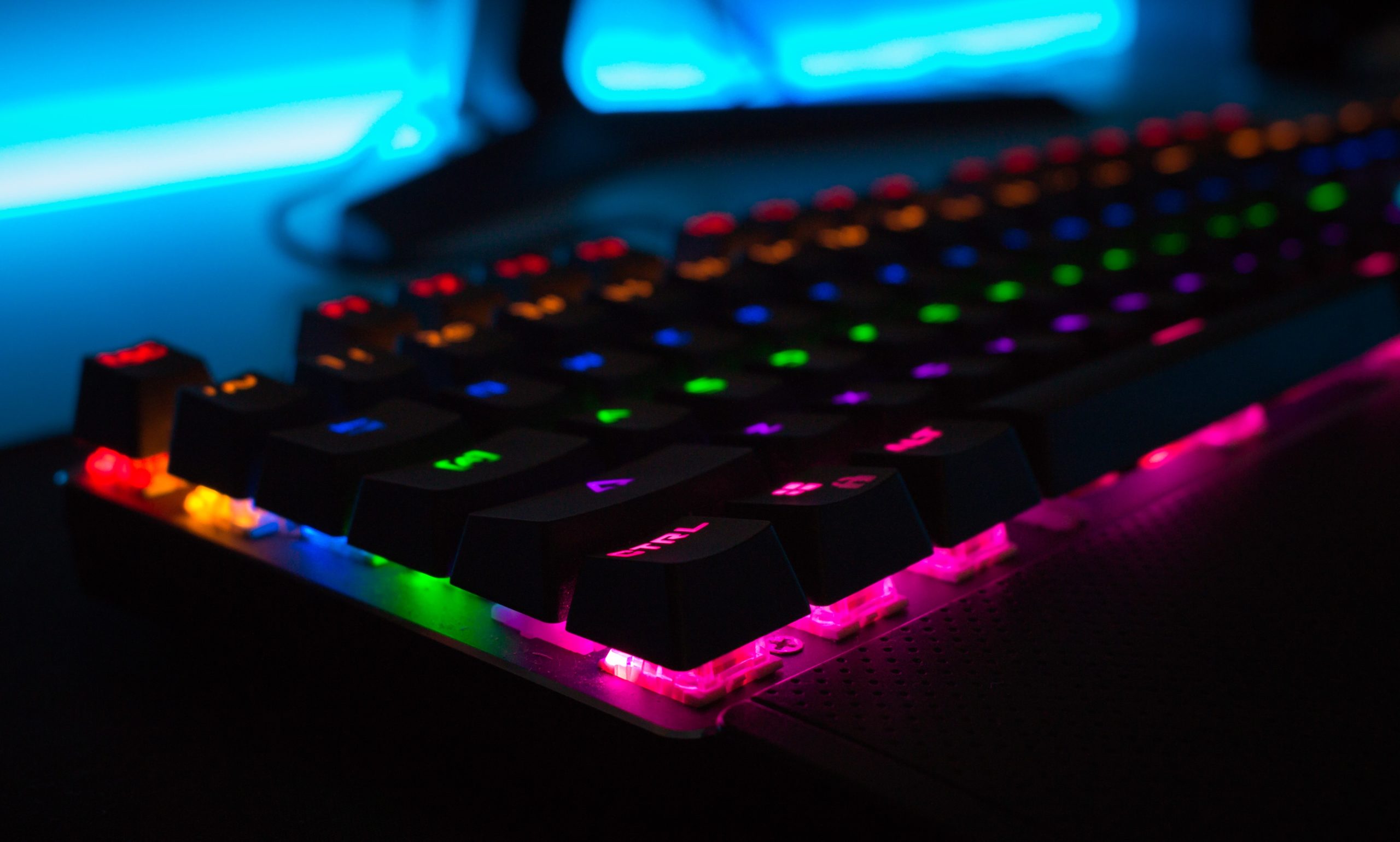In the dynamic realm of technology, the Graphics Processing Unit (GPU) stands as a major innovation. This journey, often likened to an odyssey, has revolutionized how we perceive and interact with digital imagery. Beginning as mere facilitators of basic visual tasks, GPUs have evolved into the backbone of complex image rendering and computational tasks. Their evolution mirrors the rapid advancements in digital technology, marking significant milestones in both gaming and professional computing.
From Simple Renderers to Powerhouses: The History of GPUs

The evolution of Graphics Processing Units (GPUs) is a tale of remarkable transformation. In the early 1990s, GPUs were simplistic, designed primarily for rendering basic 2D graphics. This era saw the introduction of notable units like Nvidia’s GeForce 256, dubbed the first ‘true’ GPU for its integration of transform and lighting capabilities onto the chip.
As the millennium turned, GPUs underwent a radical shift. They transitioned from single function cards to versatile powerhouses. This shift was marked by the implementation of programmable shaders, which allowed for more complex and realistic 3D graphics. GPUs like ATI’s Radeon 9700 series exemplified this leap, significantly enhancing gaming experiences.
Today, GPUs have transcended beyond gaming. Modern units, like Nvidia’s RTX series, not only deliver stunning gaming graphics but also cater to high resolution video editing and complex AI computations. This versatility underlines GPUs’ critical role in both entertainment and professional computing, showcasing their journey from simple renderers to integral components of cutting edge technology.
Current Trends and Innovations in GPU Technology
Today’s GPU landscape is marked by groundbreaking innovations, reshaping how we experience digital content. Ray tracing technology, a significant leap forward, offers realistic lighting and shadow effects in real time. Nvidia’s RTX series, pioneering this field, enhances gaming and virtual reality with lifelike visual fidelity, making experiences more immersive.
AI driven image processing is another frontier. GPUs like AMD’s Radeon series leverage machine learning to improve image quality, offering smarter, more efficient rendering. This technology is not just for gamers, it’s pivotal in areas like medical imaging and scientific visualization, where precision and detail are crucial.
Energy efficiency has also become a key focus. Manufacturers are now designing GPUs that deliver higher performance per watt, reducing the environmental footprint. As demand for high performance computing increases, this shift becomes even more crucial.
These advancements have a significant impact on specialized applications, such as online gaming and livecasino platforms. High definition graphics powered by advanced GPUs are no longer just an indulgence, they’re essential in elevating user experiences and transporting players directly into the action.
The Future of GPUs: Beyond Gaming and Graphics

Looking ahead, the role of GPUs is set to expand far beyond gaming and traditional graphics. As AI and machine learning evolve, GPUs are becoming crucial in powering these technologies. Their ability to handle parallel tasks makes them ideal for the complex computations required in AI training and inference.
In virtual and augmented reality, GPUs are crucial in rendering immersive environments. As these technologies mature, the demand for more powerful GPUs to create seamless, lifelike experiences will rise. This need is not just for entertainment but also for educational and professional simulations.
Their versatility makes them invaluable across various fields, indicating a future where GPUs are as synonymous with general computing as they are with gaming and graphics. This shift marks a new era in GPU technology, promising exciting developments ahead.

